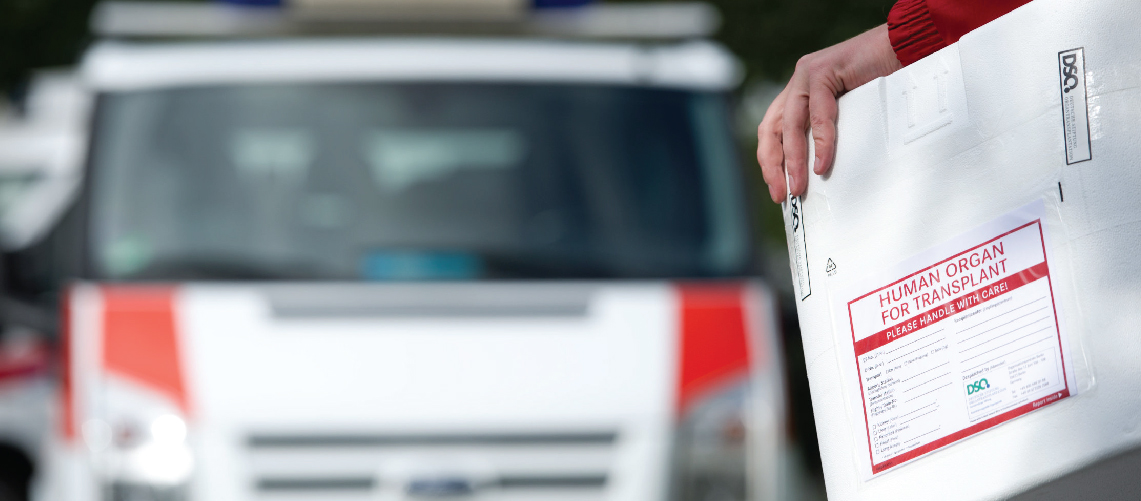
Organ Transportation - The Role of Ambulances
Either side of the road from the airport to a multi-super specialty hospital was completely blocked and the police are redirecting all the vehicles to another lane. The traffic was unbearable while the other road it deserted without even a single vehicle.
People who stuck in traffic were throwing tantrums on the police and on the politicians. After a 15 or 20 minutes later, a speeding ambulance has disappeared in no time reminding the bystanders of the infamous Formula 1 cars. The ambulance was carrying an organ that was meant to be transported to the hospital as fast as it could.
You are mistaken if you think it is a movie scene or a fictitious story. It happened in Chennai in the year 2016 and the carried organ was a heart. This one incident is enough to understand the importance of ambulances in organ transportation. However, there is a significant need to setup a mechanism that increases the coordination between the organ banks and the ambulance transportation systems.
Organ procurement can be considered as the greatest feat in medical history. Timely procurement and transplantation can save the life. The procured organ transportation is conducted in a predefined procedure.
The role of emergency and non-emergency medical transportation in saving the lives does not need any introduction as everyone aware of the significance of ambulances in the healthcare system. The ambulance is the first thing that comes into the mind for everyone after witnessing an emergency medical situation.
- Technological Advances in Ambulance Transportation
- The Importance of Coordination Between the Organ Bank-Ambulance-Hospital
- The Role of the Ambulances
There are millions of people who are expecting the organs and there is an increase in the number of people who are enlisting to donate their organs which is a great sign. In order to maintain the momentum, the ambulances too should get ready to play their part in saving lives.


